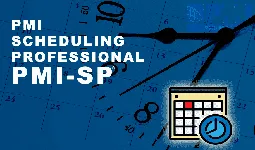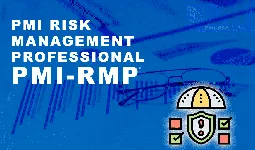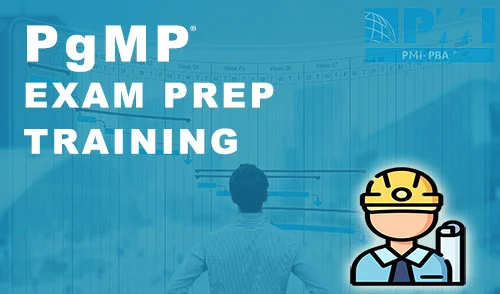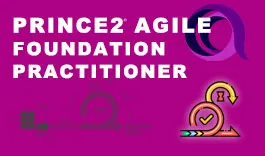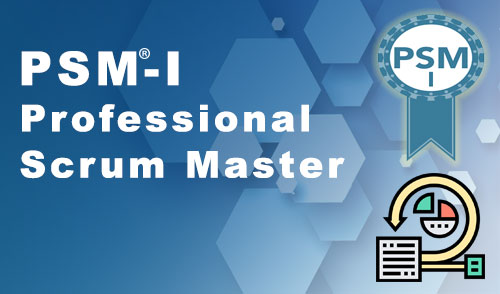Scrum of Scrums Guide
-
 By Syed Irfan
By Syed Irfan - Published on Jun 27 2023

Table of Contents
- What is Scrum?
- An Introduction to the Scrum of Scrums
- Scrum of Scrums Features & Process
- 7 Questions you Should be Asking Your Team
- The 4 Most Important Features in a Scrum Product Backlog
- Benefits & Importance
- Purpose of Scrum of scrums
- 12 Tips for Running a More Effective Agile/Scrum of Scrums Meeting
- Conclusion
What is Scrum?
Scrum is a process framework that helps to manage projects by incorporating the following four essential features:

- Product Ownership & Responsibility: Teams deliver features that meet the customer's requirements within the agreed-upon timeline. The product owner is responsible for managing this process and ensuring that the requirements are consistent with the product.
- Cross-functional Teams: Scrum Teams comprise cross-functional members from different departments to deliver features. The goal is to boost collaboration and communication between the different teams while ensuring that each member has a voice and contributions to the product.
- Adaptive Working: The Scrum Team dynamically adjusts its capabilities and resources as needed to meet the demands of the product.
Scrum means a bunch of agile practices. And the meaning of "scrum" is the process of anything that leads to improvement. And here are a few agile practices identified as follows: Product Backlog - represents the requirements to be implemented in the app.
- Scrum Master - enhances the team's ability to deliver value
- Scrum Team - encompasses all members of a project
- Meeting Point - the place where the scrum team meets to be able to come up with solutions
- User Story- represents the minor feature within a product
- Product Releases
- Processes
Scrum is a process management framework that has transformed many enterprises into high-performing teams. Aggressive in their pursuit of excellence, the Scrum team operating under this framework ensures the quality of the product and the timely completion of an assigned task.
Read more about Scrum Ceremonies Guide.
An Introduction to the Scrum of Scrums
The Scrum of Scrums is a framework that helps teams structure and manage their work. It was initially developed in 1983 by Ken Schwab and Jeff Sutherland and has since been widely used in the software development and project management communities.
This framework comprises three fundamental components: the Product Owner, the Development Team, and the Scrum Master. The Product Owner is accountable for the overall product vision and for ensuring that the product meets the stakeholders' requirements. The Development
Team is responsible for developing the product according to the roadmap and product requirements set by the Product Owner. The Scrum Master ensures that the team is working effectively and that the product meets the requirements set by the Product Owner and the Development Team.
The Scrum of Scrums framework is a flexible framework that allows for various implementations, depending on specific needs.
It is a framework for managing projects. It is a framework based on the iterative and incremental delivery of products or services. The fundamental principles of the Scrum of Scrums are:
- Individuals and teams are constantly learning and adapting.
- Individuals and teams are self-organizing and self-regulating.
- Projects are continuously delivered sustainably.
- Product attributes and customer satisfaction is the ultimate goals.
It was developed in the early 1990s by Ken Schwaber and Jeff Sutherland and is considered one of today's most influential project management frameworks. It has been used by organizations worldwide to manage projects of all sizes and complexities.
Scrum of Scrums Features & Process
The Scrum of Scrums features provides an overview of all the currently in-progress tasks and the status of each product feature. It allows teams to identify which products need more attention and receive feedback on their progress. Additionally, the Scrum of scrums features can help teams measure their progress and find areas that need improvement.
Scrum of scrums is a software development process that consists of three essential activities: planning, doing, and reviewing. This process helps to ensure that the product is delivered on time and meets the required quality standards.
The Planning phase is where the team defines the product's features and establishes a timeline for their completion; ensuring that the product is delivered on time and with the required quality is essential.
The Doing phase is where the team completes the features defined in the Planning phase. It ensures that the product is delivered as specified and meets the required standards.
The Review phase is where the team reviews the product to ensure it meets the required quality standards. It is also an opportunity for any necessary changes or updates to be made.
The Scrum of Scrums comprises a facilitator, a Scrum Master, and potentially other participants. The facilitator is responsible for creating and maintaining the atmosphere and facilitative environment, while the Scrum Master ensures that the Scrum of Scrums runs smoothly. The other participants are selected based on their skills and knowledge that may apply to the task at hand.
It can be used to resolve any conflict, including disagreements about strategy, process, or team performance. It is an effective way to improve communication and collaboration within a team, and it can be used to resolve any conflict.
7 Questions you Should be Asking Your Team
What Scrum of Scrums features are you most interested in?
- How can we ensure that everyone is on the same page about Scrum of Scrums' features?
- Who will be responsible for facilitating and managing Scrum of Scrums features?
- How often will Scrum of Scrums features need to be convened?
- What are the logistics of convening a Scrum of Scrums feature?
- Who will be invited to participate in a Scrum of Scrums feature?
- What should be included in a Scrum of Scrums agenda?
Agile meetings are instrumental in driving collaboration and communication throughout the development process. They also serve as a forum for stakeholders to share information and feedback and resolve conflicts.
The 4 Most Important Features in a Scrum Product Backlog
There are four key features that every product backlog must include to be effective: product owner commitment, user story commitment, product feature commitment, and velocity.
Product Owner Commitment: The product owner must be committed to the backlog and willing to work with the team to resolve any issues. It ensures that the backlog reflects the product and that the team works towards a shared goal.
User Story Commitment: Each user story must have a corresponding owner and due date. It ensures that everyone knows who is responsible for what and that the levels progress promptly. It also helps to track how much work is remaining on each story.
Product Feature Commitment: Each product feature must have a corresponding owner, milestone, and a due date. It ensures that the feature is planned, funded, and on track. It also allows for estimates and transparency regarding projected completion dates.
The Pros, Cons, and Benefits of Using a Scrum of Scrum Framework!
A framework based on the Scrum Methodology can be a valuable tool for managing workflow in your organization. Here are the Pros, Cons, and Benefits of using this approach:
Pros:
- Scrum can help maintain a consistent process and improve communication between team members.
- It is an iterative and incremental process that can be adapted to various types of organizations.
- It can help reduce the time it takes to develop and deliver products or services.
- It can help reduce the amount of stress that team members experience.
- It can help increase the efficiency of team members.
- It can help reduce the number of errors that are made.
Cons:
- Scrum may be more complex than other methods and may require additional training for team members.
- It may require more time to implement than other methods.
- It can be challenging to manage expectations when implementing Scrum.
Benefits & Importance
The Scrum of Scrums process is a newer way of managing a business that has recently gained popularity. The main reason for this is that it effectively improves the overall efficiency and effectiveness. Here are some of the benefits that you can expect to reap from using this process:

- Improved communication: The Scrum of Scrums allows for better communication between different parts of a business, which leads to improved coordination and execution of tasks.
- Reduced stress levels: The Scrum of Scrums process helps reduce stress levels in employees, leading to increased productivity.
- Reduced conflict: The Scrum of Scrums process helps resolve disputes and disagreements quickly and efficiently, leading to enhanced collaboration and teamwork.
- Increased efficiency: The Scrum of Scrums process helps streamline the business process, increasing efficiency and reducing costs.
Why Should You Use a Continuous Integration/Continuous Delivery Tool in Your Workplace?
The primary purpose of a Scrum of Scrums meeting is to ensure that all stakeholders are aware of the current state of the product and that changes are made in a coordinated and collaborative manner. Additionally, it helps eliminate confusion and chaos, often resulting from making changes without consulting everyone involved.
Purpose of Scrum of scrums
According to the Agile Manifesto, "Individuals and teams should be able to work together as a self-organizing, self-managing system". It is done through agile meetings (also known as scrums, retrospectives, or stand-ups). These meetings help coordinate and track Scrum projects' progress while facilitating communication and collaboration between team members.
Scrum meetings are a key part of this process, as they help ensure that all stakeholders are aware of the project status, provide feedback and suggestions, and make modifications as needed. It is vital because it ensures that the project moves forward in a coordinated manner while ensuring that all stakeholders are on the same page.
The Scrum of Scrums meeting agenda should be designed in advance, and it should reflect the specific needs and objectives of the project.
Overall, a Scrum of Scrums meeting is a valuable tool that helps to ensure that the agile process is managed and improved effectively.
Why Should We Adopt the Scrum of Scrums Best Practices for Project management?
The Scrum of scrums best practices for project management are developed initially to help improve the quality and delivery of products. It is a collaborative process that uses a cross-functional team to deliver a product or service. The goal of the Scrum of scrums is to create an environment that is efficient, effective, and sustainable.
The Scrum of scrums framework is composed of six core principles:

Why you should use the scrum of scrums safe framework in your software development process, even if it is not agile!
The Scrum of scrums safe framework is a development process that ensures that your software is always compliant with industry best practices. It is a flexible, collaborative, and iterative process that allows continuous improvement. Additionally, it helps to ensure that your software is easy to understand and maintain.
The Scrum of Scrums safe framework has been adopted by many companies, including Walmart, PepsiCo, and Toyota. It is a more productive and effective way of developing software and is typically faster than traditional waterfall development processes. In addition, it helps to ensure that your software is bug-free and meets all the requirements set by your clients or stakeholders.
If you are looking for a development process that meets all the requirements, then the Scrum of Scrum's safe framework should be your go-to!
The Importance of Sprint Backlog: 7 Most Important Things about Iterations in Agile Methodology
Sprint backlogs and iterations are an essential part of agile methodology and should not be taken lightly. This article will outline the seven most crucial iterations in agile methods.
- Iterations are an essential part of agile methodology and are necessary for creating meaningful progress.
- A sprint backlog should be prioritized based on the business value to the project.
- An effective sprint backlog should be well-organized, and each item should have a clear purpose and justification.
- The frequency of iterations should be based on the need for feedback and improvement.
- A well-managed sprint backlog will help to ensure that the project stays on track and meets the business' objectives.
- It is essential to review the sprint backlog and make necessary changes periodically.
- Ensuring that iterations are executed effectively is essential for ensuring that the project remains on track and meets the business' objectives.
12 Tips for Running a More Effective Agile/Scrum of Scrums Meeting
Running a successful agile/scrum of scrums meeting can be a daunting task, but with a bit of planning and confederation, it can be a rewarding experience. Here are 12 methods to help you get started:
- Make a schedule and stick to it.
- Always have a plan.
- Use whiteboards, or flip charts to keep everyone updated.
- Use video or audio recordings to capture the meeting for future reference.
- Establish clear roles and responsibilities.
- Respect everyone's opinions and consider them when making decisions.
- Be polite and respectful to your team members.
- Be adaptable and open to new ideas.
- Stay on top of changes and trends.
- Work as a team, not as individual contributors.
- Celebrate the successes and learn from the mistakes.
- Keep a positive attitude and enjoy the journey!
Conclusion
Scrum of Scrums (So Scrum) is one of the most popular ways for running scrum-based agile development at the software development organization level. As a leader, you want your team to meet regularly without you having to wait for meetings or hold stand-up meetings with your distributed team.
You don't want to keep an eye on the real-time progress in work requests because your stakeholders - who are explicitly outside your team - get irritated from a lack of transparency.
Scrum of Scrum is a popular Agile meeting format used to improve the effectiveness of agile projects. It helps align people, teams, and organizational goals to achieve the desired outcome. The Scrum of Scrum is held regularly and should be held at least once every two weeks.
The purpose for each meeting is usually developed by the team members and needs to include the following: - Review any impediments or issues that have arisen since the last meeting - Discuss progress towards milestones/goals - Update on any new tasks/projects - Identify any remaining open issues.
The purpose of this meeting is to discuss the progress made, identify remaining issues and keep everyone informed about what's going on.
Project Management has an ever-growing job market if you are someone who can handle things end-to-end and are interested in project management specialties like Scrum, Agile, and so on. Consider CSM Certified Scrum Master Certification Training offered by SprintZeal.
Sprintzeal is ATO (Accredited Training Organization) offering quality professional certification training.
Subscribe to our Newsletters
Popular Programs
PSM® - Professional Scrum Master Certification
Live Virtual Training
- 5 (75 + Ratings)
- 23k + Learners
Trending Posts
DevOps Engineer Interview Questions - Best of 2024
Last updated on Feb 6 2024
Agile Manifesto - Principles, Values and Benefits
Last updated on Dec 9 2022
Unlocking Career Opportunities in Product Management: Your Roadmap to Success
Last updated on Oct 25 2023
A guide to Agility in cloud computing
Last updated on Mar 14 2023
Agile Release Plan Guide
Last updated on May 9 2023
Stakeholder Engagement Levels Guide
Last updated on Sep 16 2024
Categories
- Agile Management 54
- AI and Machine Learning 42
- Big Data 53
- Business Management 51
- Cloud Computing 44
- Digital Marketing 56
- Information Security 8
- IT Hardware and Networking 17
- IT Security 103
- IT Service Management 29
- Leadership and Management 1
- Microsoft Program 2
- Other 43
- Programming Language 31
- Project Management 162
- Quality Management 75
- Risk Management 8
- Workplace Skill Building 2
Trending Now
List Of Traits An Effective Agile Scrum Master Must Possess
ArticleDevOps Vs Agile Differences Explained
ArticleDevops Tools Usage, and Benefits of Development Operations & VSTS
ArticleAgile Scrum Methodology - Benefits, Framework and Activities Explained
ArticleGuide to Agile Project Management 2024
Article10 best practices for effective DevOps in 2024
ArticleGuide to Becoming a Certified Scrum Master in 2024
ArticleWhy Should You Consider Getting a Scrum Master Certification?
ArticleCSM vs CSPO: Which Certification is Right for You?
ArticleAgile Manifesto - Principles, Values and Benefits
ArticleAgile Methodology Explained in Detail
ArticleAgile Project Management Explained
ArticleEssential Tools for Agile Project Management 2024
ArticleEverything about Scrum Methodology
ArticleScrum Workflow - A Step by Step Guide
ArticleLatest Agile Interview Questions and Answers To Look For In 2024
ArticleScrum Interview Questions and Answers 2024
ArticleTop Scrum Master Responsibilities 2024 (Updated)
ArticleProduct Life Cycle in Marketing: Essential Strategies for Product’s Success
ArticleDevOps Engineer Interview Questions - Best of 2024
ArticleDevOps Engineer - Career path, Job scope, and Certifications
ArticleBusiness Agility Guide - Importance, Benefits and Tips
ArticleScrum vs Safe – Differences Explained
ArticleCSM vs. PSM - Which Scrum Certification is Better?
ArticleSAFe Implementation Roadmap Guide
ArticleAgile Release Plan Guide
ArticleAgile Environment Guide
ArticleAgile Coaching Guide - Best Skills for Agile Coaches
ArticleAgile Principles Guide
ArticleSAFe Certifications List - Best of 2024
ArticleAgile Prioritization Techniques Explained
ArticleScrum Ceremonies Guide
ArticleProduct Owner Certifications List
ArticleWhat is DevSecOps and its Importance
ArticleData Processing - A Beginner's Guide
ArticleDevOps Career Guide 2024
ArticleStakeholder Engagement Levels Guide
ArticleScrum Master Career Path Explained
ArticleScrum Career Path Explained
ArticleTop Git Interview Questions and Answers [Updated 2024]
ArticleA guide to Agility in cloud computing
ebookProduct Roadmap: An Ultimate Guide to Successful Planning and Implementation
ArticleDMAIC Methodology - The Ultimate Guide
ArticleProduct Life Cycle Strategies: Key to Maximizing Product Efficiency
ArticleScrum Master Salary Trends in 2024
ArticleProduct Life Cycle Model: A Guide to Understanding Your Product's Success
ArticleWhat is a Product Owner - Role, Objectives and Importance Explained
ArticleSuccessful Product Strategies for Introduction Stage of Product Life Cycle
ArticleUnlocking Career Opportunities in Product Management: Your Roadmap to Success
ArticleSaturation Stage of Product Life Cycle: Complete Guide
ArticleCutting-Edge Technology of Google Cloud
ArticleHow to Write an Executive Summary for a Business Plan?
ArticleImportance of Procurement Management Software in Modern Business
Article
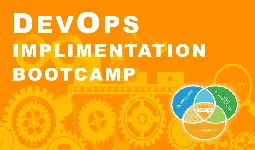

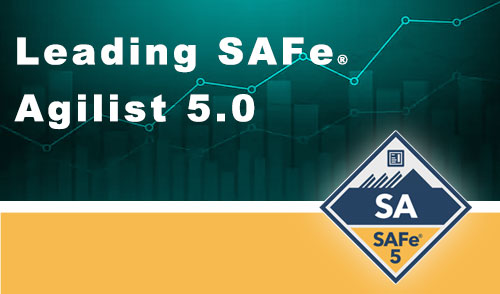
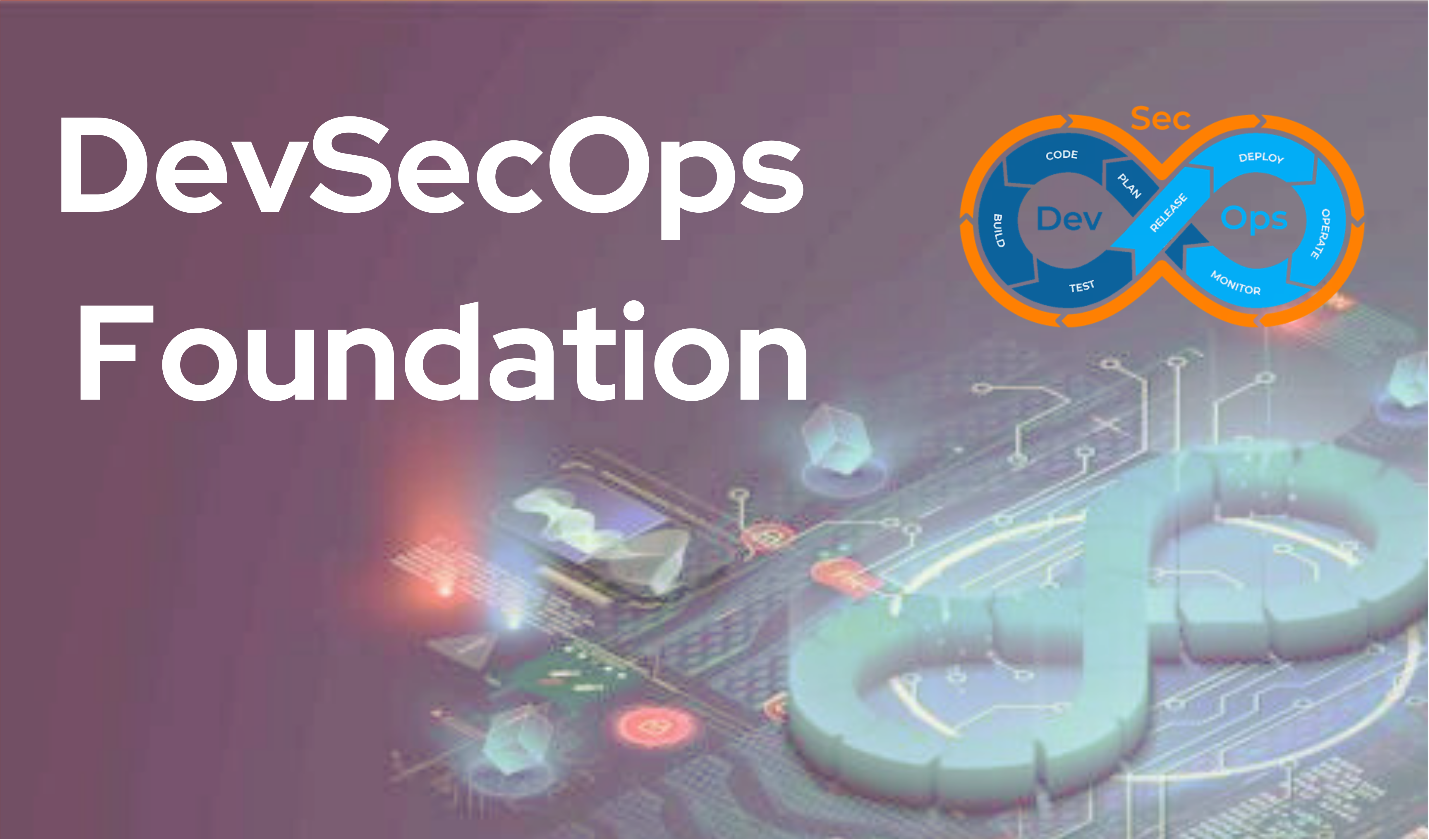
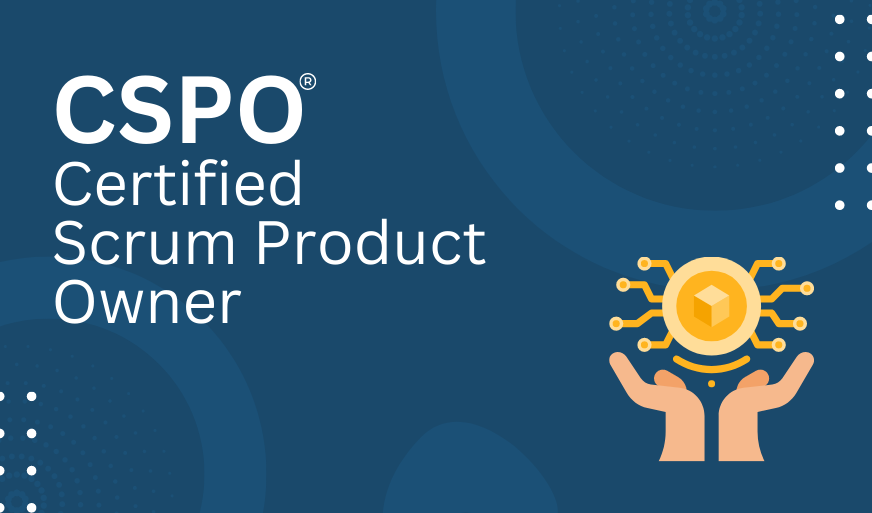
.webp)
